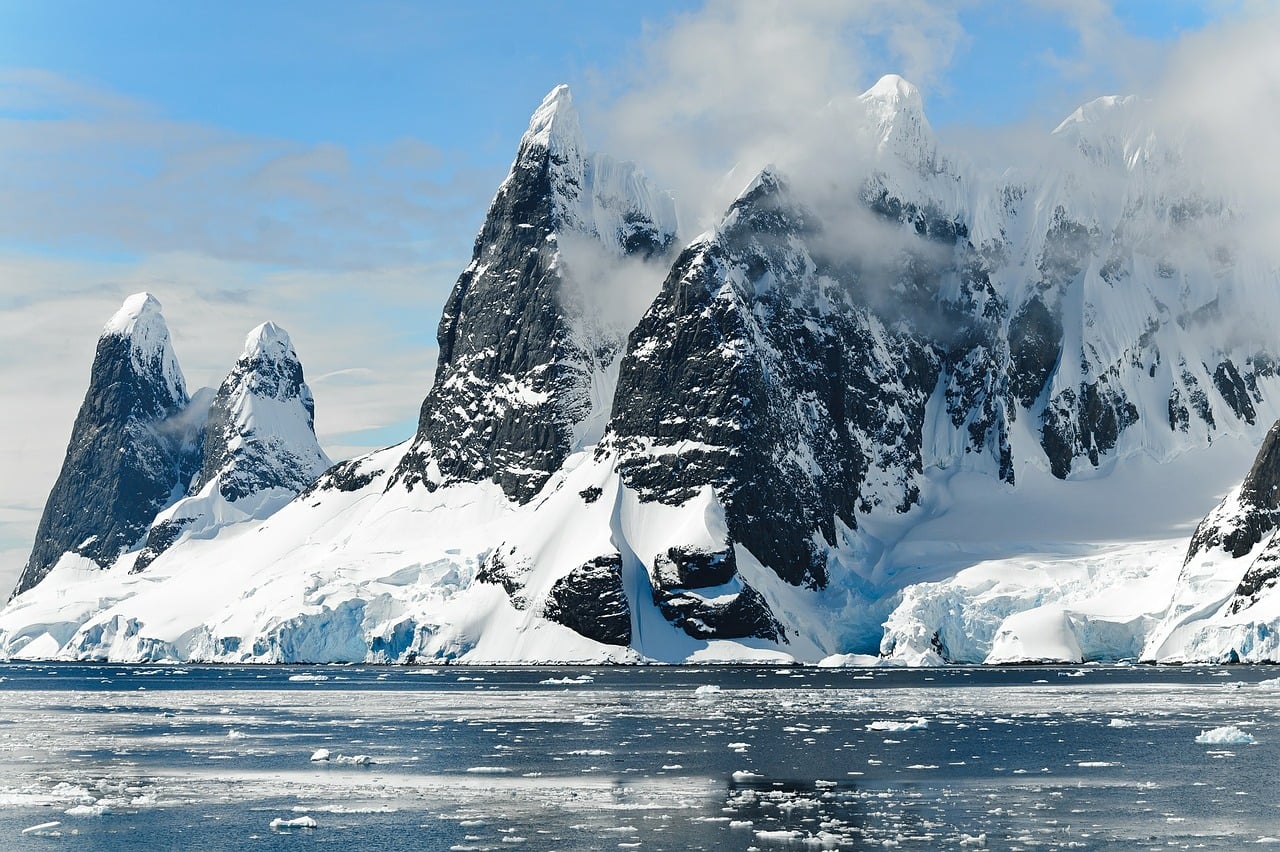Over the last 25 years, humanity has experienced rapid changes in climate which have vastly impacted life on Earth and the environment. Melting ice has caused ocean levels to rise, affecting Antarctica. Now according to a new study, ice thinning has caused 24% of West Antarctic ice to be unstable, and the forecast is worsening.
Researchers from the Centre for Polar Observation and Modeling (CPOM), part of the U.K.’s University of Leeds, looked at 25 years of data from the European Space Agency’s satellite altimeter, which measures Antarctica’s regional climate and tracks changes in snow and ice levels across the continent.
The study published in the journal Geophysical Research Letters found that 24% of West Antarctic ice is unstable because the ice sheet has thinned by 122 meters in some parts. The melting and increase of the sea levels have caused the ice sheet to become unbalanced. This study used more than 800 million measurements of the ice sheet’s height captured by the ERS-1, ERS-2, Envisat and CryoSat-2 satellite altimeter between 1992 and 2017.
“In parts of Antarctica, the ice sheet has thinned by extraordinary amounts, and so we set out to show how much was due to changes in climate and how much was due to weather,” CPOM director Andy Shepherd said in a statement.
To learn that 24% of West Antarctic ice is unstable, the team measured changes in the surface height and simulated changes in snowfall amounts, attributing the greater discrepancy to glacier imbalances caused by climate change.
“Knowing how much snow has fallen has really helped us to detect the underlying change in glacier ice within the satellite record,” Shepherd said. “We can see clearly now that a wave of thinning has spread rapidly across some of Antarctica’s most vulnerable glaciers, and their losses are driving up sea levels around the planet.
The measurements also showed that changes in snowfall influence changes in height in large areas of the ice sheet every few years. However, one of the biggest indicators of the ice imbalance is the change in the thickness of the ice. The ice loss from East and West Antarctica has caused a 4.6-millimeter increase in the global sea level since 1992.
They found that fluctuations in snowfall tend to drive small changes in height over large areas for a few years at a time, but the most pronounced changes in ice thickness are signals of glacier imbalance that have persisted for decades.
“This is an important demonstration of how satellite missions can help us to understand how our planet is changing,” co-author and ESA Earth observation scientist Marcus Engdahl said. “The polar regions are hostile environments and are extremely difficult to access from the ground. Because of this, the view from space is an essential tool for tracking the effects of climate change.”





